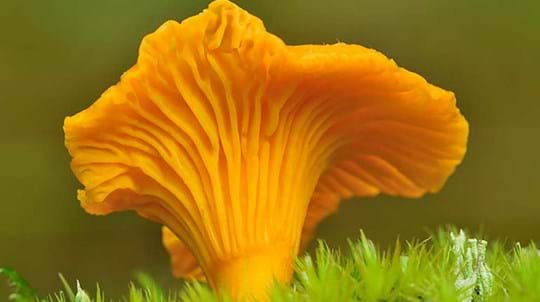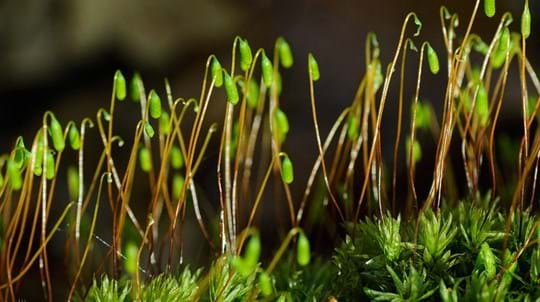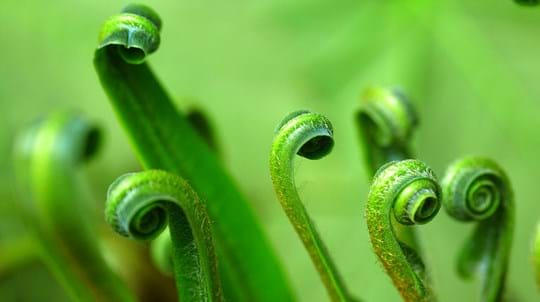
Credit: www.pqpictures.co.uk / Alamy Stock Photo
Where to find beefsteak fungus
Beefsteak fungus is common in the UK. It is usually found in broadleaved woodland, low on the trunks of oak trees and sometimes on recently-cut oak stumps.
Sticky and gruesome, beefsteak is a woodland fungus with the disconcerting appearance of a raw cut of meat. It even oozes a blood-like substance when cut!
Common names: beefsteak fungus, ox tongue fungus
Scientific name: Fistulina hepatica
Family: Fistulinaceae
Fruiting season: late summer to autumn, but not persisting through the winter
Habitat: broadleaved woodland
When young, this bracket fungus looks like a tongue poking out of a tree trunk. As it matures, it begins to look more like a piece of raw steak or liver.
Cap: a semi-circular red or red/pink/brown bracket up to 25cm across and 6cm thick. It has an inflated edge when young which flattens with age. Feels moist or sticky to the touch.
Gills/spores: the underside is made up of small, cream-coloured pores – which release spores – turning reddish-brown as it ages and bruising deep red-brown. Spores are pale pink, egg-shaped and smooth.
Not to be confused with: shaggy bracket (Inonotus hispidus), which is similar, but yellow in colour.

Credit: www.pqpictures.co.uk / Alamy Stock Photo
Beefsteak fungus is common in the UK. It is usually found in broadleaved woodland, low on the trunks of oak trees and sometimes on recently-cut oak stumps.
It causes brown rot in oak, giving the timber a rich colour known as brown oak, which is much sought after by furniture makers. If the tree is only partially infected, the result is the beautiful ‘tiger stripe oak’.
Although considered edible, beefsteak fungus does not live up to the promise of its appearance, having a strongly acidic flavour and rubbery texture.

Amy Lewis • 21 Oct 2021
Bracket fungi, also known as shelf or polypore fungi, grow on both dead and living trees. Here we list some of the UK's more common and easily distinguished types to get to grips with.
Identify bracket fungi
Trees woods and wildlife
A dazzling array of shapes, sizes and colours. Find out about fungi and lichens, from ancient taboos to magic and medicine.

Trees woods and wildlife
Ancient and damp, mosses are part of a group of plants known as bryophytes. There are over 1,000 in the UK, and some have global significance.

Trees woods and wildlife
Lush, ancient and primitive. Find out more about the UK's shade-tolerant woodland ferns.